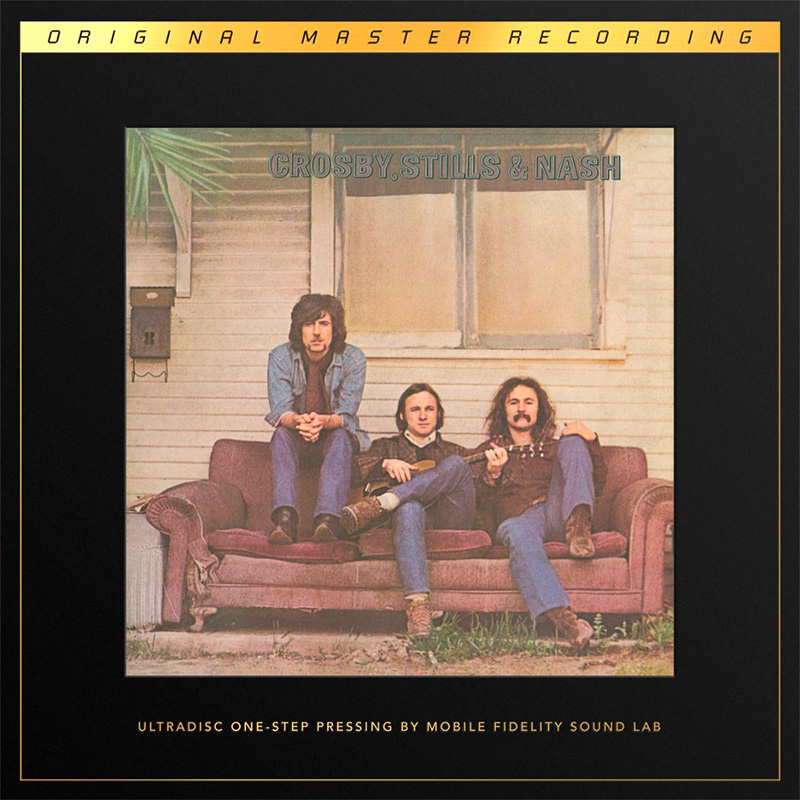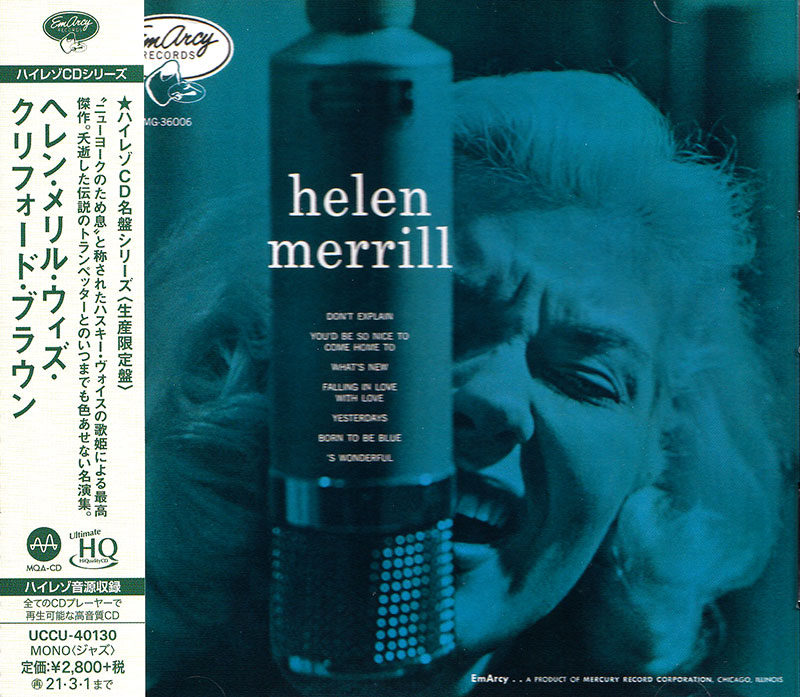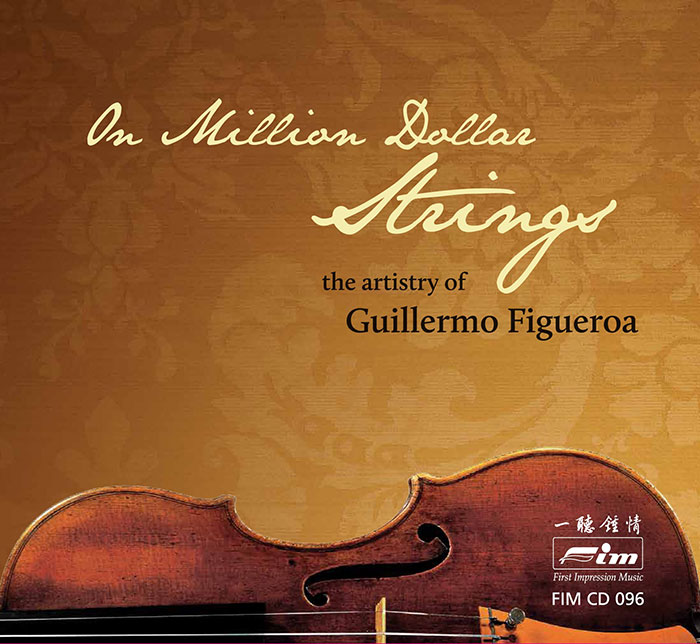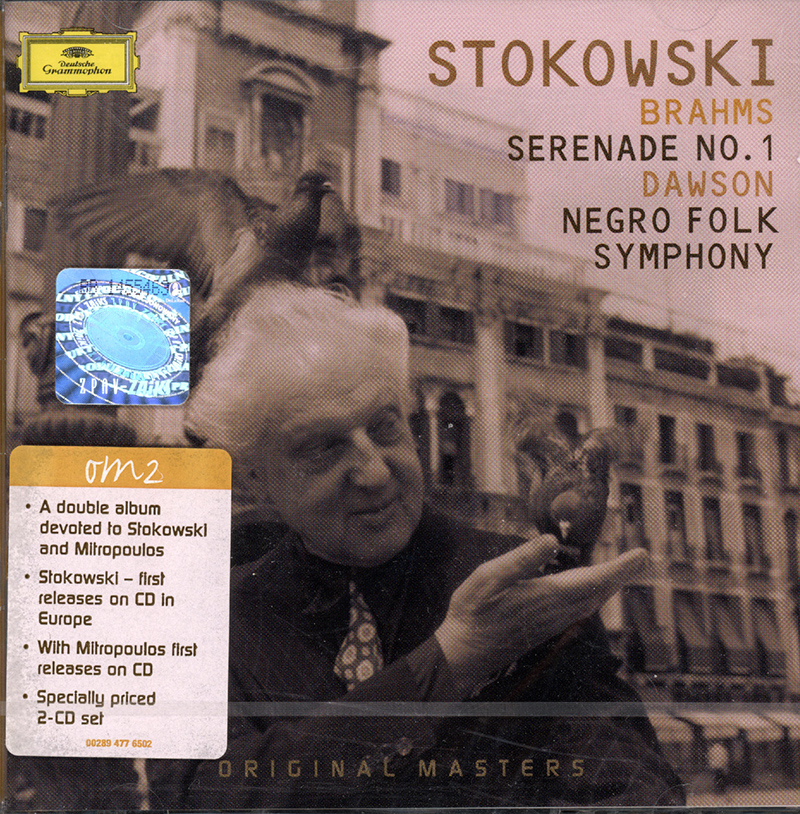Logowanie
OSTATNIE EGZEMPLARZE
Jakość LABORATORYJNA!
ORFF, Gundula Janowitz, Gerhard Stolze, Dietrich-Fischer Dieskau, Deutsche Oper Berlin, Eugen Jochum
Carmina Burana
ESOTERIC - NUMER JEDEN W ŚWIECIE AUDIOFILII I MELOMANÓW - SACD HYBR
Winylowy niezbędnik
ClearAudio
Essence MC
kumulacja zoptymalizowana: najlepsze z najważniejszych i najważniejsze z najlepszych cech przetworników Clearaudio
Direct-To-Disc
PIAZZOLLA, ChamberJam Europe
Tangos del Ángel y del Diablo
Direct-to-Disc ( D2D ) - Numbered Limited Edition
BRAHMS, PROKOFIEV, DAWSON, SWANSON, American Symphony Orchestra, Leopold Stokowski, Dimitri Mitropoulos
Serenade No. 1 / Negro Folk Symphony
- American Symphony Orchestra - orchestra
- Leopold Stokowski - conductor
- Dimitri Mitropoulos - conductor
- BRAHMS
- PROKOFIEV
- DAWSON
- SWANSON
Brahms: Serenade No. 1; Dawson: Negro Folk Symphony Review by Uncle Dave Lewis Here is an unusual combination of elements from Deutsche Grammophon's Original Masters series Stokowski: Brahms: Serenade No. 1 -- Dawson: Negro Folk Symphony; it includes all of the recordings made for American Decca by Leopold Stokowski and Dimitri Mitropoulos. The Stokowski items are in stereo, dating from 1960 and 1963, and the Mitropoulos performances are in mono and date from 1950, a year where Mitropoulos, already named conductor of the New York Philharmonic, was in waiting to assume full command of the job and briefly without a recording contract. During this time, Mitropoulos led chamber performances for several small labels, including the Schoenberg Serenade Op. 24 for Esoteric and the Prokofiev and Howard Swanson performances reproduced here. The main event in this odd grab bag of pieces is Stokowski's 1963 recording of the Negro Folk Symphony of African-American composer William Levi Dawson; Stokowski premiered this piece in Philadelphia in 1934. In spite of the common criticism that Stokowski gave more first performances -- and fewer second performances -- than any other conductor, the Dawson Negro Folk Symphony was a work that Stokowski frequently programmed throughout his career. Nevertheless, this 1963 recording with the American Symphony Orchestra appears to be the only surviving one Stokowski made of it. Stokowski's is an accomplished, respectful and colorful interpretation, if a little rough at the edges; it is nonetheless a work well suited to his tastes as conductor. The only other recording of this work, on Chandos with Neeme Järvi and the Detroit Symphony, is a more stable representation of the symphony as a work. Likewise, the Brahms Serenade in D here with the Symphony of the Air is the only complete Stokowski performance known, though he did record the fourth-movement Minuetto with Philadelphia in 1934. It is a bright and well-coordinated performance, and while it probably won't unseat anyone's favorites in this work, Stokowski was noted for his affinity with Brahms -- it is an enjoyable performance and a nice document of how Stokowski handled Brahms' First Serenade. The Mitropoulos recordings are far more intriguing. The Night Music of African-American composer Howard Swanson is a technically atonal, but nonetheless accessible, chamber work that molds bits of Stravinsky into a texture resembling Schoenberg's Chamber Symphony, Op. 9. Swanson's Night Music bears some resemblance to the sound of Stravinsky's own music once the latter had adopted serial techniques, and to some extent foreshadows that development; this is the only recording ever made of the Swanson. Mitropoulos also leads the same group, the so-called New York Ensemble of the Philharmonic Scholarship Winners, through the G minor Quintet, Op. 39, and the Overture on Hebrew Themes, Op. 34, of Prokofiev. These are surprisingly crisp, vibrant, and well-voiced performances of modern music from an era that didn't produce very many such recordings; about the only familiar name among these scholarship winners is that of pianist William Masselos, who made the first recordings of Charles Ives' Piano Sonata No. 1 and was noted for his interpretations of Dane Rudhyar. Although the stereo spread is rather narrow in the Stokowski efforts, they are naturally in better sound than the mono Mitropoulos performances, which are rather constricted and somewhat harsh. The Stokowski performances have appeared on CD before; the Mitropoulos, never. This CD from Deutsche Grammophon's Original Masters series will most likely appeal to specialist listeners with an interest in these conductors; nevertheless, it should be welcomed, as it provides a more generous sampling of the variety of offerings available on record in the 1950s and '60s that we don't often see on CD. R1A

























